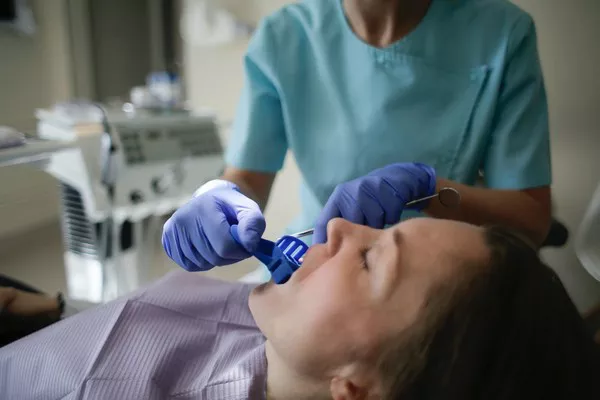Orthodontics is a branch of dentistry that focuses on correcting misaligned teeth and jaws to improve oral health and enhance aesthetics. However, before embarking on an orthodontic journey, it’s essential to understand the associated costs. In this comprehensive guide, we will explore the various factors that contribute to the cost of orthodontic treatment and provide an overview of common treatment options.
Factors Influencing Orthodontic Costs
The cost of orthodontics can vary significantly depending on several factors, including:
a) Treatment Complexity: The complexity of the case plays a vital role in determining the cost. Minor tooth adjustments may require less time and resources compared to severe malocclusions or jaw discrepancies.
b) Geographic Location: The cost of living and overhead expenses can differ from one location to another, leading to variations in orthodontic fees. Urban areas tend to have higher costs than rural regions.
c) Orthodontist’s Expertise: Experienced and highly skilled orthodontists often charge more due to their expertise and successful track record in treating complex cases.
d) Treatment Duration: The length of treatment affects overall costs. Longer treatment plans typically incur higher fees as they involve more frequent visits and adjustments.
e) Type of Appliances: The type of orthodontic appliances used also impacts the cost. Traditional metal braces are generally more affordable compared to newer alternatives like clear aligners or lingual braces.
f) Additional Procedures: Some cases require additional procedures such as tooth extractions, surgical interventions, or adjunctive treatments. These can add to the overall cost of orthodontic treatment.
Common Orthodontic Treatment Options
Orthodontic treatment options have evolved over the years, providing patients with a range of choices. Here are some commonly used approaches:
a) Traditional Metal Braces: Metal braces consist of brackets bonded to the teeth and connected by wires. They are cost-effective and suitable for various orthodontic cases.
b) Ceramic Braces: These braces work similarly to metal braces but use tooth-colored or clear brackets, making them less noticeable. Ceramic braces tend to be slightly more expensive than metal braces.
c) Lingual Braces: Lingual braces are attached to the back surfaces of the teeth, making them virtually invisible from the front. Due to their customization and complexity, they are generally more costly compared to traditional braces.
d) Clear Aligners: Clear aligners, such as Invisalign, are transparent trays that gradually shift teeth into desired positions. They offer a discreet and removable alternative, but they are usually more expensive than braces.
e) Retainers: Retainers are often used after active orthodontic treatment to maintain the results. They can be removable or fixed, with costs varying depending on the type and duration of usage.
Average Costs of Orthodontic Treatment
While orthodontic costs differ from case to case, it’s helpful to have a general idea of the average prices for different treatments:
a) Metal Braces: The average cost of traditional metal braces ranges from $3,000 to $7,000. This figure may increase if additional procedures are required.
b) Ceramic Braces: Ceramic braces typically cost between $4,000 and $8,000, considering their aesthetic appeal and higher material expenses.
c) Lingual Braces: Lingual braces can range from $8,000 to $10,000 or more due to their specialized customization and placement.
d) Clear Aligners: The cost of clear aligner treatment starts at around $3,000 and can go up to $8,000 or more, depending on the complexity and duration of treatment.
e) Retainers: Removable retainers generally cost between $200 and $500, while fixed retainers may range from $500 to $1,000.
Insurance Coverage and Financing Options
Many dental insurance plans include orthodontic coverage, but the extent of coverage can vary significantly. It is essential to review your insurance policy or contact your provider to determine the coverage limits and any restrictions.
If orthodontic treatment exceeds insurance coverage or if you do not have dental insurance, several financing options are available, including:
a) Monthly Installment Plans: Orthodontic practices often offer flexible payment plans that allow patients to make monthly payments over the course of their treatment.
b) Health Savings Accounts (HSAs) and Flexible Spending Accounts (FSAs): These accounts enable individuals to set aside pre-tax dollars for eligible medical expenses, including orthodontics.
c) Personal Loans and Credit Cards: Some patients opt for personal loans or credit cards with low-interest rates to finance their orthodontic treatment. However, it’s crucial to assess the terms and repayment options carefully.
Related Topics:





























